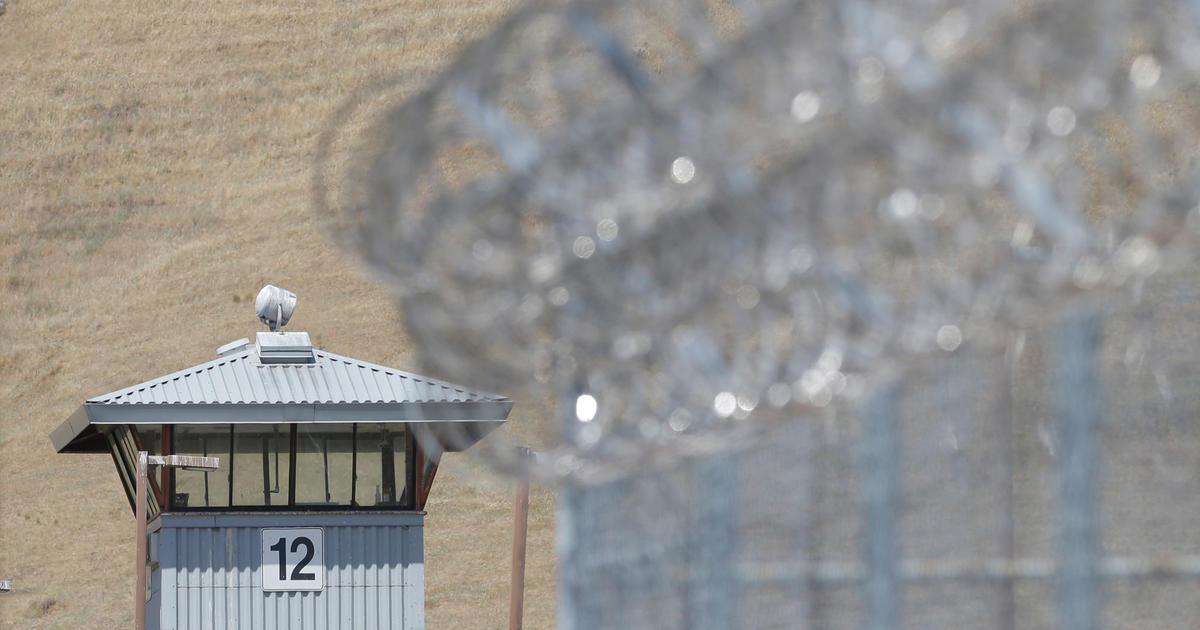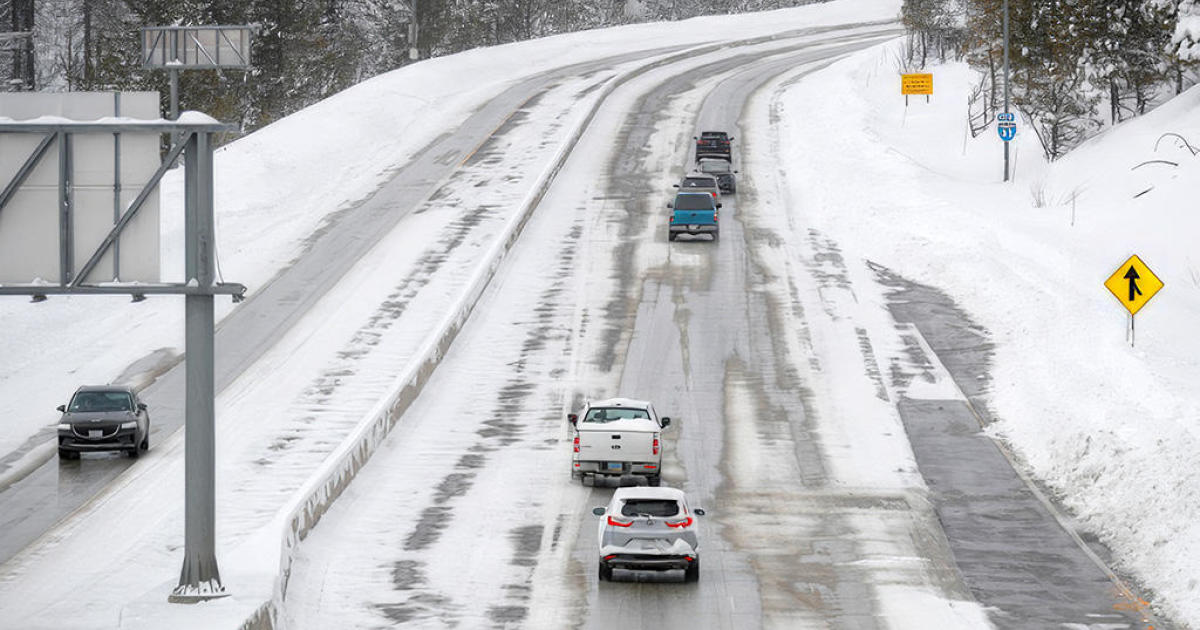Blocked for decades, Chinook salmon are once again swimming in Shasta County tribe's ancestral river
SHASTA COUNTY (KPIX) -- With a helicopter ride and a trip down Interstate 5, a remarkable effort is underway to save Califorina's endangered salmon.
In Shasta County, The California Department of Fish & Wildlife, The US Fish and Wildlife Service, and the Winnemem Wintu Tribe have partnered to try to reintroduce winter run Chinook to the McCloud River. In July and August, hatchery eggs were delivered - one round by helicopter - to the upper McCloud to be raised in river-fed incubators. The Winnemem Wintu have been fighting for the return of the Chinook since their path to and from the Pacific was blocked by the construction of Shasta Dam, 80 years ago.
"It has always been on our hearts and minds to bring the salmon back to the McCloud," Winnemem Wintu Chief Caleen Sisk told KPIX when the second batch of eggs was delivered to the incubators in early August. "Because we believe that whatever happens to salmon happens to us."
The majority of the 38,000 eggs made it through the incubators and into the McCloud River, but Shasta Dam is as far as they can go without some help.
"We are at the bottom of the lower McCloud," said California Departmen of Fish & Wildlife Environmental Scientist Matt Johnson. "When Shasta is at full pool, we would be underwater here. But in this drought situation, the McCloud has returned to its river form."
Johnson is about to perform the daily check on California's ambitious plan to save the winter run Chinook.
"It's a fish trap called a rotary screw," he explained. "It screws the water in the fish down into a holding box. And we're gonna open up the lid, and see what we've got."
As always, there's a lot of river gunk to sort through. But what he's looking for will usually jump out at him. And eventually, one does.
"So it has been about 80 years since Chinook salmon have swam in this part of the McCloud River," Johnson said, holding up a net. "Here we go. That is a remarkable sight."
The tiny salmon he is holding was raised in an incubator about 20 miles upstream, so it's already done some swimming. In fact, most of those eggs have probably moved through here by now.
"These are the ones that are spending more time in the river just before leaving," he said of the late swimmers.
The fish that swim past the traps can survive in Shasta, but they'll also be stuck there. So the couple of Chinook collected here will graduate to the next part of this project. They'll be given an anesthetic and put to sleep momentarily so they can be measured for size and weight, before going into an aerated holding tank, and on to the next part of their journey to the Pacific.
"Fish are in the truck," Johnsin said, securing the tank in his car. "Let's put a seatbelt on."
It's into the car for about an hour-long drive down I-5, past Shasta and Keswick Dams, to the re-entry spot.
"So we've made it to the Sacramento River, here in Redding," Johnson said, walking to the river's edge. "We're going to release our fish here in this quiet backwater. They will be on their way. They've just got a short 298 miles to go to the Pacific Ocean from this point."
After a bit of water acclimation, their journey continues.
"Really what makes salmon so remarkable is the obstacles they overcome to complete their life cycle," Johnson said of the fish. "It's a wonder."
All of this is an experiment, trying to learn how the Chinook will respond. Of the 38,000 eggs that were raised, more than 1,000 have been moved down into the Sacramento River, and the team thinks that's pretty good.
"We're not going to be able to catch them all," Johnson said. "We knew that going into it with our modest collection facility, but we're doing better than we thought. So this first small step in getting fish above Shasta is critically important, and it's an honor to be a part of the project."
The rotary screw trap is a small or a medium-sized solution to this problem of catching the fish and getting them below the dam, but the state is now tinkering with something on a much larger scale.
Closer to the edge of Shasta Lake, wildlife officials are experimenting with a catchment system that spans the entirety of the McLeod River, and can pull fish out based on temperature areas in the river. That is a long-term, hopefully large-scale answer to the catchment problem. The team working on that project thinks it will take a year or two of testing to see how successful it might be.





